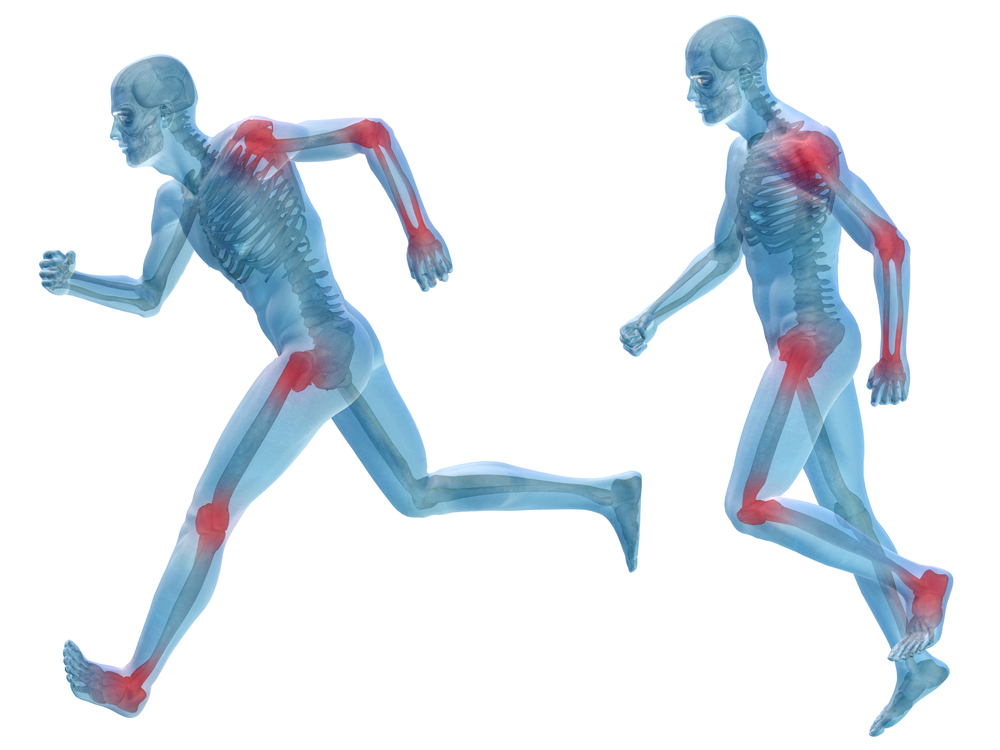In October the world commemorates Osteoporosis Day. The condition is estimated to affect 200 million women worldwide - approximately one-tenth of women aged 60, one-fifth of women aged 70, two-fifths of women aged 80 and two-thirds of women aged 90.
Worldwide, osteoporosis causes more than 8.9 million fractures annually, resulting in an osteoporotic fracture every three seconds. It is not only women who are susceptible to osteoporosis and recent statistics indicate that osteoporosis in men is on the increase. 
What is osteoporosis?
Osteoporosis is when the bones in the body become weak and more likely to break. As the bone loses strength and density, the inside of a healthy bone, which usually has very small spaces like a honeycomb, increases in size due to osteoporosis. At the same time, the outside of bones grows weaker and thinner.
Also referred to as the ‘silent disease’, it can progress undetected for many years and its presence is usually only discovered after experiencing a fracture. People with osteoporosis most often break bones in the hip, spine, and wrist.
Treatment can help, but this condition can't be cured.
Lifestyle changes lessen the risk of developing osteoporosis.
Diet
A balanced diet containing adequate calories, minerals and vitamins is essential to maintaining good bone health. Calcium, found in dairy products, is the most important bone-building mineral.
Calcium supplements
The diet of many individuals does not contain enough calcium to maintain a positive calcium balance and in these instances it is a good idea to consider calcium supplements. Make sure you get sufficient vitamin D as this enhances calcium absorption. Vitamin D is obtained through diet and is also produced in the skin when exposed to sunlight.
Exercise
Regular exercise promotes higher peak bone mass and also slows down age-related bone loss. Here weight-bearing exercise, such as jogging or stair climbing, is preferable to non-weight bearing exercise, such as swimming.
Stop smoking, limit alcohol intake and avoid bone toxic drugs.
All of the above lifestyle choices have a detrimental effect on bone tissue. Limiting or cutting these out completely is the only way to decrease your risk of developing osteoporosis.
Source: Gems

 Facebook
Facebook Twitter
Twitter WhatsApp
WhatsApp